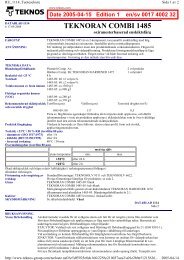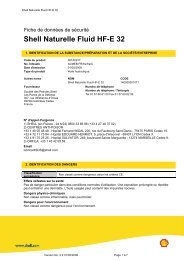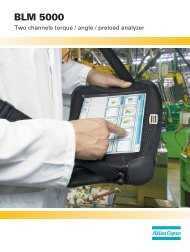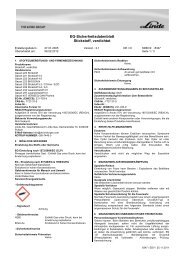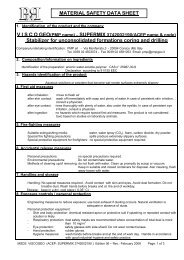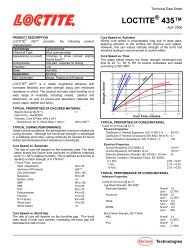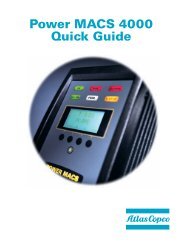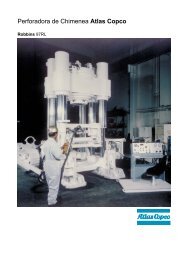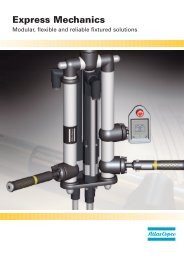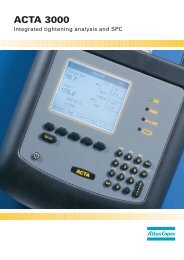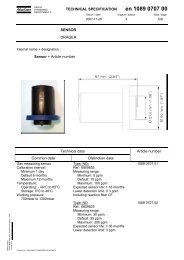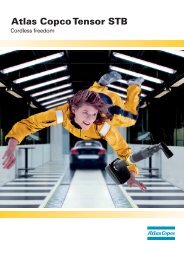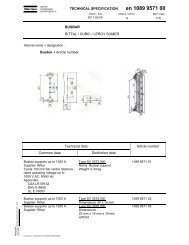Ergonomics - Atlas Copco
Ergonomics - Atlas Copco
Ergonomics - Atlas Copco
Create successful ePaper yourself
Turn your PDF publications into a flip-book with our unique Google optimized e-Paper software.
Good ergonomics<br />
is good economics<br />
When planning a production unit, it pays<br />
dividends in the long term to consult<br />
people qualified in ergonomics. They help<br />
to ensure that both the workplace and the<br />
task are compatible with the majority of<br />
operators who will work there. Thus, future<br />
costs arising from work-related health<br />
disorders among operators will be reduced,<br />
along with costs arising from poor product<br />
quality. Moreover, the need to redesign the<br />
production system later may be avoided.<br />
When planning a production unit, involving ergonomists<br />
from the start avoids problems later.<br />
Costs related to bad ergonomics<br />
The driving force for all ergonomists is to<br />
reduce the number of people suffering from<br />
work-related disorders. However, the acces-<br />
sibility of funding for the required improve-<br />
ments in the workplace depends heavily on<br />
economic factors such as payback time and<br />
return on investments.<br />
Today, the direct and indirect costs of<br />
work-related disorders are an increasingly<br />
frequent topic for discussion.<br />
Obtaining figures for these costs from<br />
companies is difficult. This is partly because<br />
many companies have not made such calcu-<br />
lations, and partly because those who have<br />
are reluctant to release the information to<br />
the public.<br />
Some general figures can be given.<br />
Large companies spend 10-100 million USD<br />
on work-related disorders every year. The<br />
cost of taking care of one case of carpal tun-<br />
nel syndrome is 10–30 000 USD.



